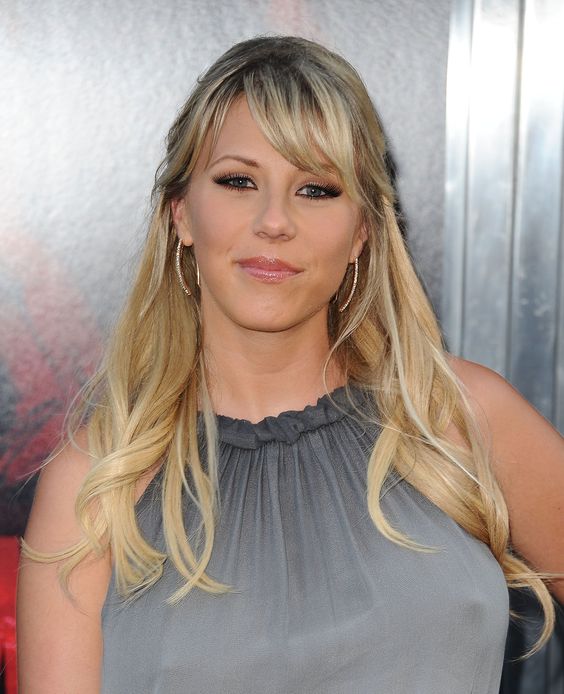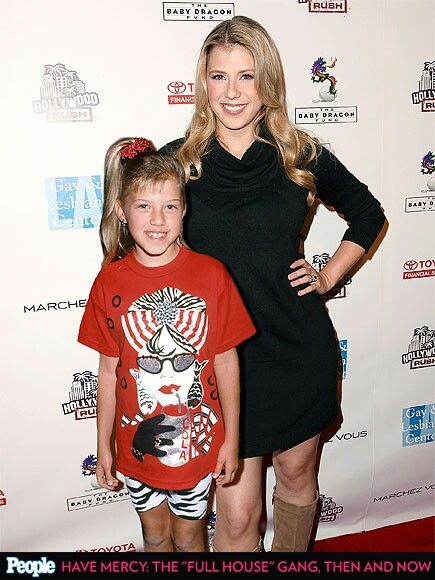
Fuller House didn’t explore Stephanie’s personal story as a bisexual which would’ve differentiated the character from DJ and modernized the show.
Stephanie’s (Jodie Sweetin) best personal story as a bisexual was overlooked in Fuller House. The middle Tanner sister returned home after a stint of partying around the world to help DJ (Candace Cameron-Bure) get life back in order after the sudden death of her husband. The setup was going to be temporary, with Steph being vocal about wanting to go back to her old carefree life. But at the end of the Full House spin-off, she, too, has her own family, with another baby on the way.
Clearly, Stephanie’s arc in Fuller House was inspired by Jesse’s (John Stamos) in the original sitcom. The spin-off attempted to lean on nostalgia by essentially riffing off the premise of Full House, with DJ having the same fate as her dad, Danny (Bob Saget). Like her rock-and-roll uncle, Stephanie had a penchant for music and wanted nothing but to pursue that at the start of the Netflix project. But as she began dating Jimmy Gibbler (Adam Hagenbuch), she came around and decided she wanted to have her own family. Given some health issues, she tapped the help of Kimmy (Andrea Barber) to be their surrogate, making the once-rivals life-long friends.
Going through the unconventional way of having a family for Stephanie helped modernize Fuller House. Despite their original starting points, this contrasted to Jesse’s more traditional route of getting married and having kids with Becky (Lori Loughlin). But amidst a rather compelling story for the character, the sitcom failed to explore a side of her that was only briefly mentioned. In Fuller House season 4, Stephanie revealed that she’s bisexual after commenting about once having a girlfriend that lasted longer than a veterinary clinic that was only open for three weeks. DJ was flabbergasted by the admission, while Stephanie’s more outgoing friend, Gia (Marla Sokoloff) just laughed it off — almost as if she knew it beforehand. The Full House offshoot should’ve fully tackled this plotline instead of just sweeping it under rug. After this confession, it didn’t factor in the sitcom again, making it feel like it was just used for its shock and comedic value.
Had Fuller House fully incorporated this in Stephanie’s arc, it would have been better for the character and the whole series, in general. For starters, this would effectively differentiate the Tanner middle child’s story from her older sister who had always been traditional and more conformist. So, it makes sense that even as she grew older, DJ represented a version of the typical American mother. Fuller House’s Stephanie, on the other hand, could’ve treaded a significantly different path as she more openly explored and talked about this side of her. Seeing her be unabashed about her sexuality within the confines of a family sitcom could be empowering if done right. Secondly, it would’ve meant better representation on screen for Fuller House. Granted that Fernando Hernandez-Guerrero-Fernandez-Guerrero (Juan Pablo Di Pace) is Spanish, it’s not nearly enough to paint a more representative picture of San Francisco.
While the sitcom was understandably dependent on what worked on Full House, it failed to have the same impact as it shied away from tackling real-world/sensitive issues. The original sitcom is known for showing what an unconventional family looks like and how it could function as healthily and efficiently. Full House celebrated differences and diversity in an already quite liberal way at that time. However, Fuller House was more interested in evoking nostalgia more than anything else.
